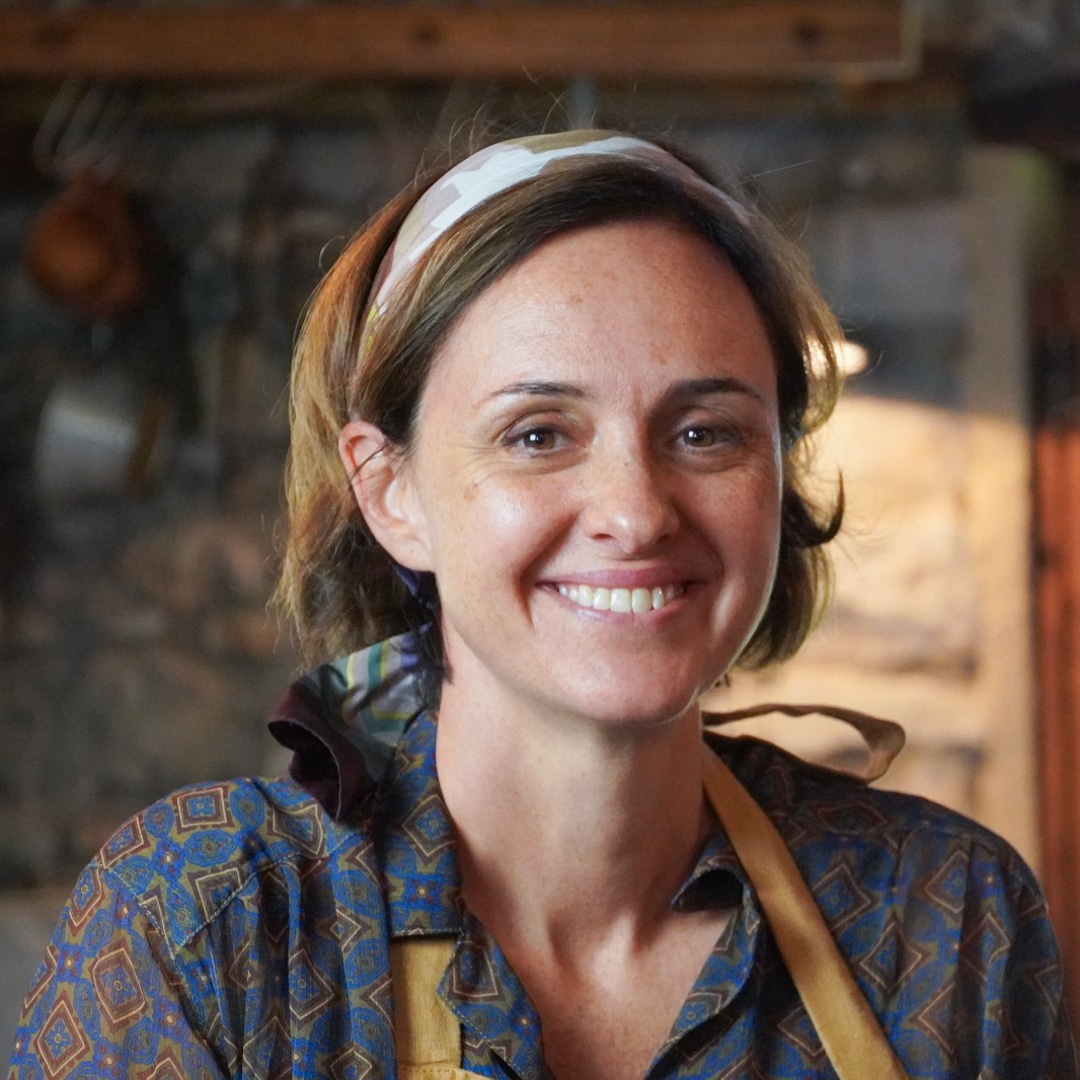
Many are the rites of passage towards spring. The first walks without jacket or the skirts without socks despite the pungent air. The visit to the florist to dress up terraces and gardens, the afternoons at sea to put your feet in the water or that trip out of town to fill your heart with the green of meadows and the scent of flowers.
In my kitchen, in particular, there is a rite of passage that has never changed, for years, as soon as that subtle fragrance of life begins to impregnate the morning air: to prepare my granny’s vegetable lasagna.
Because my granny always prepared them as soon as asparagus, artichokes, fava beans and peas appeared on the market benches at the same time.
A light and fresh dish, like spring, for which my granny preferred to prepare béchamel with vegetable broth – strictly homemade – and extra virgin olive oil instead of milk and butter.
I also remember that she always accompanied them with a fresh salad, simply embellished with a few lilac chive flowers taken from her small vegetable garden on the terrace. To party, she would have said.

The photos you see here were taken last spring, although I have already cooked my grandmother’s lasagna again this year. I preferred to use these, which are not even the best, because they are the first ones I shot after Elena’s birth. To be precise, they were all taken with Elena hung on my neck in her kangaroo carrier. 60 unsecure shots and an epochal effort. But a very nice memory.

Ingredients
- 16-20 sheets of ready-made lasagna
For the béchamel sauce
- 500 ml of vegetable broth
- 40 g of flour
- 40 ml of extra virgin olive oil
- nutmeg
- salt and pepper
For the seasoning
- 2 tablespoons of extra virgin olive oil
- 2 fresh spring onions
- 200 g of asparagus
- 2 artichokes
- 100 g of shelled peas
- 100 g of fresh shelled fava beans
- 4 tablespoons of grated Parmesan cheese
Instructions
To prepare the béchamel
- Bring the vegetable stock to the boil. Heat the oil in a non-stick pan, pour in the flour after sifting it and mix well. Then add the hot vegetable stock a little at a time, mixing with a whisk to avoid lumps. Cook over medium heat, stirring constantly until the béchamel has reached a velvety consistency not too thick. Season with salt, pepper and nutmeg. Pour into a bowl, cover with plastic wrap and set aside.
To prepare the vegetables
- Shell the fava beans and the peas. Cut the asparagus into round slices, leaving the tips whole. Clean the artichokes and slice thinly, wetting them with a little lemon juice to prevent them from turning black.
- Thinly slice the spring onions, including the green part. Put them in a large saucepan with the extra virgin olive oil and let them golden. Then add all the vegetables, stir to make them tasty and pour a couple of tablespoons of water.
- Season with salt and pepper and cook under a lid over low heat for about twenty minutes, until the vegetables are tender but not crushed.
- Meanwhile, put a pot full of salted water to boil.
To prepare lasagna
- Preheat the oven to 180 ° C
- Spread a few tablespoons of béchamel on the bottom of your serving pan.
- Dip the sheets of lasagna necessary to cover the surface of the pan (usually 3 or 4) in the boiling water for one minute, drain with a slotted spoon and place them well open in the pan over the béchamel. Lay the béchamel on top, leveling it with a teaspoon, then do the same with two or three tablespoons of vegetables and finally sprinkle with the grated parmesan cheese.
- If you find very thin sheets of lasagna you can put them in the pan just as they are, avoiding pre-cooking.
- Repeat for another 3 layers and finish with a layer of béchamel, a couple of tablespoons of vegetables (for a better appearance, leave the asparagus tips and a few slices of artichoke still whole for last) and a good sprinkling of parmesan cheese for geting a golden crust. Bake for about 30 minutes, or until the lasagnas are golden and crispy.
- Serve immediately, or better, let them rest for a few hours and heat them before serving.


Don’t go hungry! Subscribe to my newsletter!





